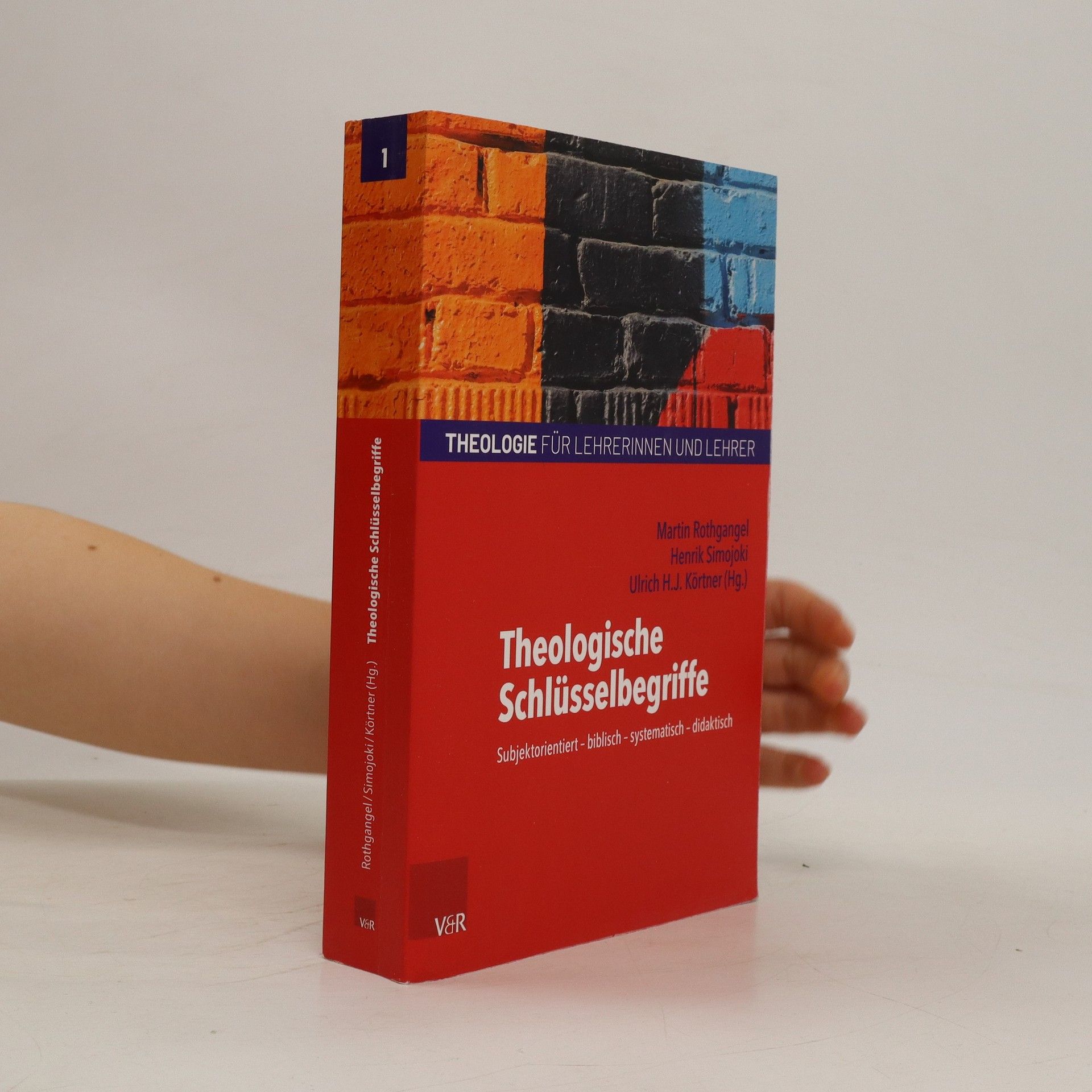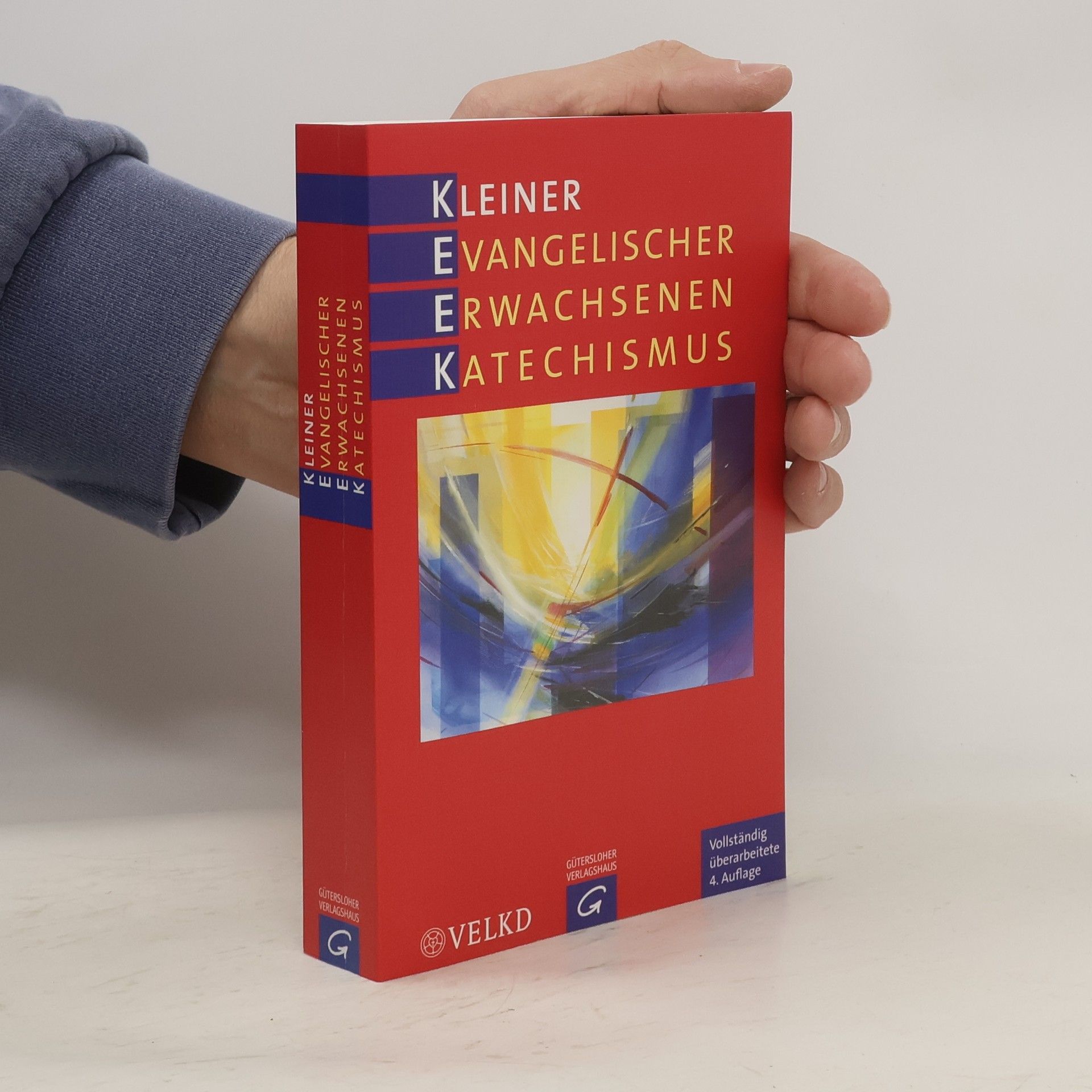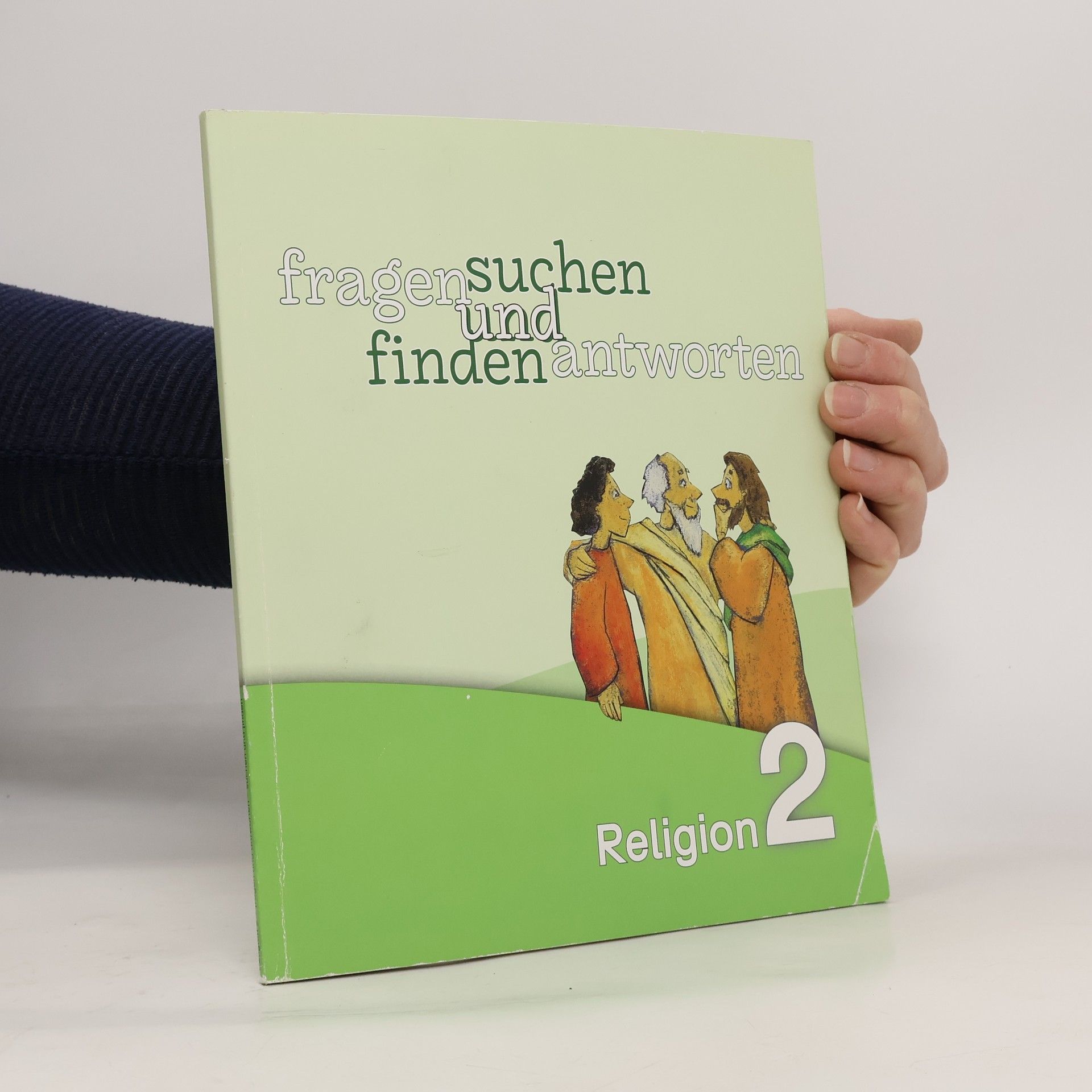At a time when educational issues have increasingly come to determine the social and political discourse and major reforms of the education system are being discussed and implemented, and when migration has become a significant phenomenon, contributing to changes in the religious landscape of the European continent, it is highly appropriate to focus our attention on the concrete situation regarding religious education. This volume contains – again on the basis of thirteen key questions – the countries of Southern Europe (Republic of Cyprus, Greece, Italy, Malta, Portugal, Spain, Andorra, Monaco, and San Marino). Beyond the all-important tasks of taking stock and making international comparisons, the aim of this book, that is the final volume of the series "Religious Education at Schools in Europe", is to create a foundation for further action in the field of education, especially with regard to interfaith expertise.
Martin Rothgangel Books






Religionspädagogisches Kompendium
- 458 pages
- 17 hours of reading
Der Band vermittelt in bewährter Weise Basiswissen und bietet einen informativen Überblick über den gegenwärtigen Stand religionspädagogischer und religionsdidaktischer Theoriebildung. Das Kompendium entfaltet in seiner 7., grundlegend neu bearbeiteten und ergänzten Auflage neben theoretischen Grundlagen auch fachdidaktische Umsetzungsmöglichkeiten. Biblische, systematische und religionswissenschaftliche Themen werden dabei gleichermaßen behandelt.
Für die Entwicklung einer fachdidaktischen Grundlagentheorie werden in diesem Band 17 verschiedene Fachdidaktiken - von der Biologie- bis zur Wirtschaftsdidaktik - in den Vergleich gesetzt. Dabei beruht die Besonderheit dieses zweiten Bandes zur >Allgemeinen Fachdidaktik< auf der Tatsache, dass sich die AutorInnen auf sechs Impulse verständigten, die sie aus der Perspektive ihrer jeweiligen Fachdidaktik beantworten. Die Schwerpunkte liegen neben geschichtlichen Perspektiven beim fachlichen und überfachlichen Lernen sowie den entsprechenden fachdidaktischen Forschungsperspektiven. Die Darstellungen werden anhand der Analysemethode der Grounded Theory miteinander verglichen, wobei sich bemerkenswerte Gemeinsamkeiten und Unterschiede zwischen den Fächern zu erkennen geben. Somit bietet der Band einen aktuellen Überblick über die Forschung der einzelnen Fachdidaktiken, der auch für VertreterInnen der Allgemeinen Didaktik verwendet werden kann, um Verallgemeinerungen aus dem fachspezifisch Besonderen vornehmen zu können. Der Band schließt mit Überlegungen zur Weiterentwicklung der Allgemeinen Fachdidaktik.
Kompaktes Wissen und wertvolle Impulse für den persönlichen Glauben§§Was glauben evangelische Christen eigentlich? In Zeiten, in denen religiöse Vielfalt viele misstrauisch und manchen Angst macht, sollten die, die sich zu den Nachfolgern des Nazareners zählen Auskunft geben können: über ihren Glauben und über die Konsequenzen, die dieser für ihr Leben und Handeln hat. Der Kleine Evangelische Erwachsenenkatechismus hilft, die eigene Position zu bestimmen. Auf ansprechend elementare Weise stellt er die Grundthemen des Christentums dar und lädt zur Auseinandersetzung mit ihnen ein.§§Die Themen im Einzelnen: Gott, Mensch, Jesus Christus, Leben in der Welt: Ethik, Gott der Heilige Geist, Leben in der Kirche, Ziel aller Wege: Ewiges Leben.§§Die Kerninhalte des evanglischen Christentums - kurz und übersichtlich erklärt§Verständlich geschrieben§Mit einem kleinen theologischen Lexikon§§
Theologische Schlüsselbegriffe
- 496 pages
- 18 hours of reading
Eine Einführung in theologische Kernthemen: elementar – fachlich fundiert – didaktisch erschlossen. Verfasst von den führenden evangelischen Religionspädagoginnen und Religionspädagogen des deutschen Sprachraums. Theologische Schlüsselbegriffe bilden den Inhalt des ersten, komplett neu erarbeiteten Bandes der bewährten Reihe „Theologie für Lehrerinnen und Lehrer“. Die Autorinnen und Autoren erschließen anhand von 40 ausgewählten Begriffen zentrale Themenbereiche christlicher Theologie. Jeder Begriff wird in dreifacher Weise entfaltet: aus subjektorientierter, fachwissenschaftlicher und didaktischer Perspektive. Hier finden Studierende wie Lehrende praxisbezogene Anregungen für einen theologisch fundierten und an Kindern sowie Jugendlichen orientierten Religionsunterricht. Die Artikel sind alphabetisch angeordnet. Sie ermöglichen eine klare Übersicht sowie eine elementare und verständliche Grundorientierung. Themen im Einzelnen sind u. a.: Abendmahl, Bibel, Evangelium, Gebet, Identität/Person/Selbst, Jesus Christus, Kirche/Gemeinde, Mensch, Reich Gottes/Gottesherrschaft, Tod/Sterben, Wunder, Zukunft/Zeit.
"Der Religionsunterricht in Deutschland lässt - je nach regionalen Erfordernissen - eine bemerkenswerte Veränderungsdynamik erkennen; er ist ein pluraler Lernort. Der vorliegende Band stellt zehn Jahre nach der ersten Auflage abermals empirische Daten zur Situation in allen Ländern der Bundesrepublik zusammen. Die Darstellung der Daten ist jeweils auf zehn Gesichtspunkte gerichtet, darunter etwa auf jüngere Entwicklungen in der Schulpolitik der Bundesländer, gegenwärtige Spielarten des Religionsunterrichts und Religion im Schulleben sowie auf die religionspädagogische Ausbildung und Forschung. Insgesamt entsteht ein facettenreiches Bild vom Wandel sowie von der Vielgestaltigkeit des Religionsunterrichts in Deutschland. Vergleiche bieten sich an, Verbesserungsmöglichkeiten werden sichtbar. Die Beiträge wurden in der Regel von einem evangelisch-katholischen Team verfasst. Die Herausgeber legen ein unverzichtbares Nachschlagewerk für alle vor, die sich im Rahmen von Studium, Aus- und Fortbildung mit Religionsunterricht und Schulpolitik befassen."-- Back cover
Elementare Bibeltexte
Subjektorientiert – biblisch-theologisch – didaktisch
Eine Einführung in elementare Bibeltexte: subjektorientiert – biblisch-theologisch – didaktisch erschlossen. Verfasst von führenden evangelischen und katholischen Religionspädagog:innen des deutschen Sprachraums, bildet dieser Band der Reihe „Theologie für Lehrerinnen und Lehrer“ zentrale Inhalte der Bücher des Alten und Neuen Testaments ab. Anhand von 37 Begriffen werden relevante Themen behandelt, die sich an den Kompetenzerwartungen der Lehrpläne orientieren. Jeder Begriff wird aus subjektorientierter, biblisch-theologischer und didaktischer Perspektive entfaltet. Die Artikel sind nach biblischen Büchern geordnet und bieten eine klare Übersicht sowie eine verständliche Grundlage für die biblische Bildung im Religionsunterricht. Für das Alte Testament werden Themen wie Tora/Pentateuch, Geschichte, Weisheitsbücher, Psalmen und Prophetie behandelt. Im Neuen Testament sind die Jesus-Überlieferung, die frühe Kirche, Paulus sowie prophetisch-apokalyptische Literatur vertreten. Den Abschluss bilden Fragen von Kindern und Jugendlichen zur Bibel. Ziel des Religionsunterrichts ist es, Schüler:innen zu einer mündigen Lebensführung und solidarischen Weltgestaltung zu befähigen. Dieser Band bietet Studierenden und Lehrenden praxisnahe Anregungen für einen theologisch fundierten und an den Bedürfnissen von Kindern und Jugendlichen orientierten Unterricht.
